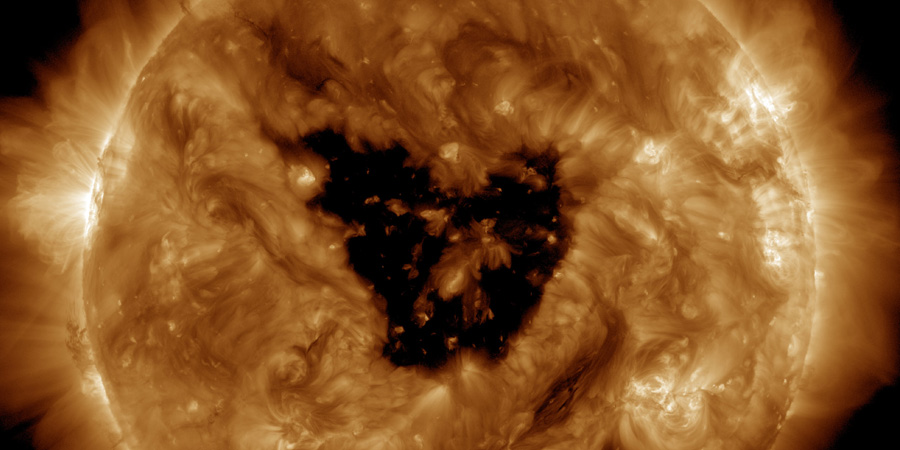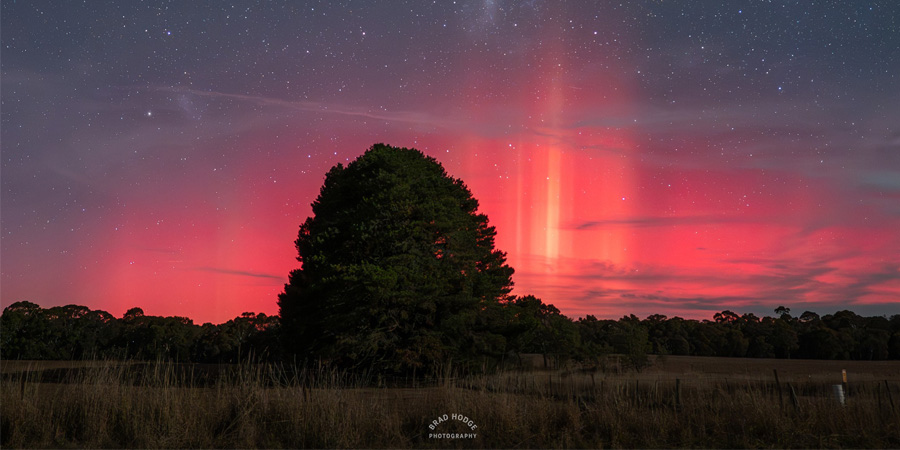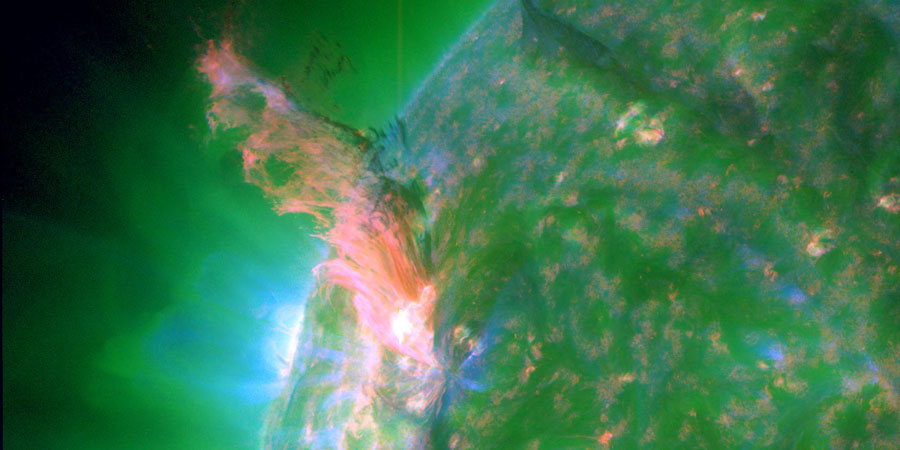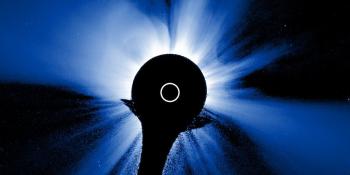Latest news updates Subscribe
Coronal hole faces Earth
Thursday, 11 September 2025 18:13 UTC
A coronal hole is facing our planet today which is sending a high speed solar wind stream towards us which could cause enhanced geomagnetic conditions (and thus aurora!) in the days ahead.
M2.7 solar flare with earth-directed CME!
Sunday, 31 August 2025 16:54 UTC
Great news for sky watchers around the world! We are kicking off the northern hemisphere aurora season with a possible coronal mass ejection impact later tomorrow which would be Monday, the very first day of September this year!
M4.4 solar flare from sunspot region 4168
Tuesday, 5 August 2025 20:48 UTC
Hello all and welcome to... August? Time flies when you are having fun and we hope all of our visitors are having an awesome summer... or winter for our friends down under! Solar activity has been pretty quiet in June and July which gave us the opportunity to recharge our batteries before the new aurora season kicks off in the northern hemisphere. Our Sun was on the same wavelength as us as there has been little activity worth mentioning on our nearest star. Did we pass solar maximum or is this the quiet before the storm? What do you think?
The CME did not disappoint! More storming activity to come?
Monday, 2 June 2025 15:32 UTC
We remain at geomagnetic storm conditions as the effects of the coronal mass ejection from an M8 solar flare continue to influence our planet. The coronal mass ejection arrival earlier than expected, yesterday around 05:30 UTC. The north-south direction of the IMF (Bz) has been prolonged southward during the onset of the storm which resulted in G3 and G4 geomagnetic storm conditions. This triggered amazing aurora displays which were visible from southern parts of Australia, New Zealand and even places like Utah in the USA.
M8.2 solar flare, Strong G4 geomagnetic storm watch
Saturday, 31 May 2025 18:11 UTC
Wow! Major solar fireworks today. Charge your camera batteries and put on your finest jacket for tomorrow night as strong (G3) or perhaps even severe (G4) geomagnetic storm conditions are possible tomorrow evening (1 June) into 2 June. The center of attention today was sunspot region 4100 which produced a gorgeous long duration M8.2 solar flare today (R2-moderate) peaking at 00:05 UTC. This region is close to the center of the Earth-facing solar disk and launched a major asymmetrical full halo (as seen by SOHO/LASCO) coronal mass ejection in space with a pretty much guaranteed earth-directed component.
Another X-flare! Potent sunspot region 4087!
Wednesday, 14 May 2025 19:36 UTC
Wow! We go from a period with hardly any solar activity worth mentioning to two X-class solar flares in two days!
X1.1 solar flare from sunspot region 4086
Tuesday, 13 May 2025 15:57 UTC
Solar activity has been relatively quiet for weeks now but that came to an abrupt end today as departing sunspot region 4086 which is now close to the west limb produced an X1.1 solar flare (R3-strong radio blackout) that peaked at 15:37 UTC.
CME arrival, G3 storm watch
Tuesday, 15 April 2025 17:55 UTC
A coronal mass ejection has arrived at our planet. This is the first of possibly two coronal mass ejections that were expected to arrive from filament eruptions on April 12 and 13. The minor G1 geomagnetic storm threshold has already been reached and the NOAA SWPC has a strong G3 geomagnetic storm watch in place for tomorrow, 16 April. Keep an eye on the data here on this website in the hours ahead. There is more action to come!
X1.1 solar flare
Friday, 28 March 2025 18:06 UTC
We have only just started to relax following the moderate G2 geomagnetic storm conditions from a massive coronal hole and suddenly... bam... our Sun surprises us all with a X1.1 solar flare (R3-strong) that came from sunspot region 4046 which is just rotating into view on the east limb.
Coronal hole faces Earth
Monday, 24 March 2025 16:59 UTC
The anticipated strong G3 geomagnetic storm watch never materialized as the coronal mass ejection that was supposed to arrive early yesterday didn't arrive until today just past midnight UTC. The impact was very lackluster with the Bt (total strength of the IMF) increasing to a moderate 15nT at best and the solar wind speed reaching just 420km/s. A far cry from the anticipated 700 to 800km/s. That once again goes to show how hard it is to forecast space weather events and any resulting geomagnetic conditions. We remain under the influence of the CME and high latitude sky watchers should remain alert for some nice aurora displays but middle latitude sky watchers will probably have to wait for the next opportunity.
Latest news
Latest forum messages
Support SpaceWeatherLive.com!
A lot of people come to SpaceWeatherLive to follow the Solar activity or if there is a chance to see the aurora, but with more traffic comes higher costs to keep the servers online. If you like SpaceWeatherLive and want to support the project you can choose a subscription for an ad-free site or consider a donation. With your help we can keep SpaceWeatherLive online!
Space weather facts
| Last X-flare | 2025/12/08 | X1.1 |
| Last M-flare | 2025/12/21 | M1.3 |
| Last geomagnetic storm | 2025/12/21 | Kp5 (G1) |
| Spotless days | |
|---|---|
| Last spotless day | 2022/06/08 |
| Monthly mean Sunspot Number | |
|---|---|
| November 2025 | 91.8 -22.8 |
| December 2025 | 116.9 +25.1 |
| Last 30 days | 109 +22.2 |















